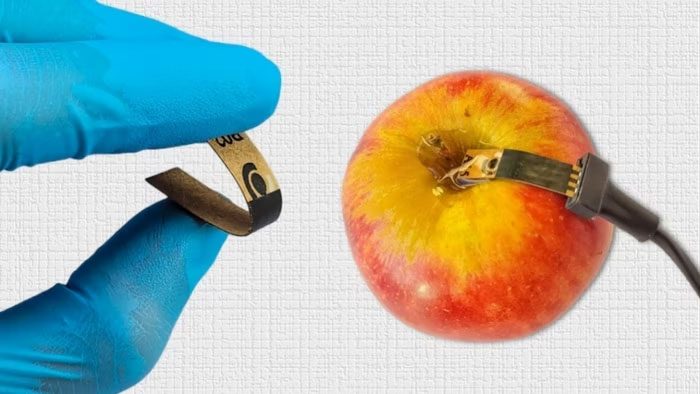This is a low-cost sensor that resembles a glucose meter used by diabetes patients.

This sensor can detect various residues of banned substances used in agriculture or the food industry.
Professor Osvaldo N. Oliveira Junior, the lead author of the study, stated that the method using paper sensors from the University of São Paulo (USP) is not only simple and inexpensive but also capable of detecting multiple residues of banned substances in agriculture or the food industry more quickly than traditional methods.
The operational principle of this type of sensor involves using a modified paper substrate with carbon ink, which is electrochemically treated in an acidic environment to activate the carboxyl groups. Scientists utilize a silk-screen printing process to transfer the carbon conductive ink onto a kraft paper strip, thereby creating an electrochemical device.
It features three carbon electrodes and is soaked in an acidic solution to activate the carboxyl groups. In other words, oxygen atoms are added to the structure of the carbon electrodes.
When exposed to a sample contaminated with carbendazim or pesticides, the sensor activates, triggering an electrochemical oxidation reaction that detects the residues of pesticides or fungicides present on food. The residues of carbendazim or pesticides are measured by the sensor through the electric current.




















































